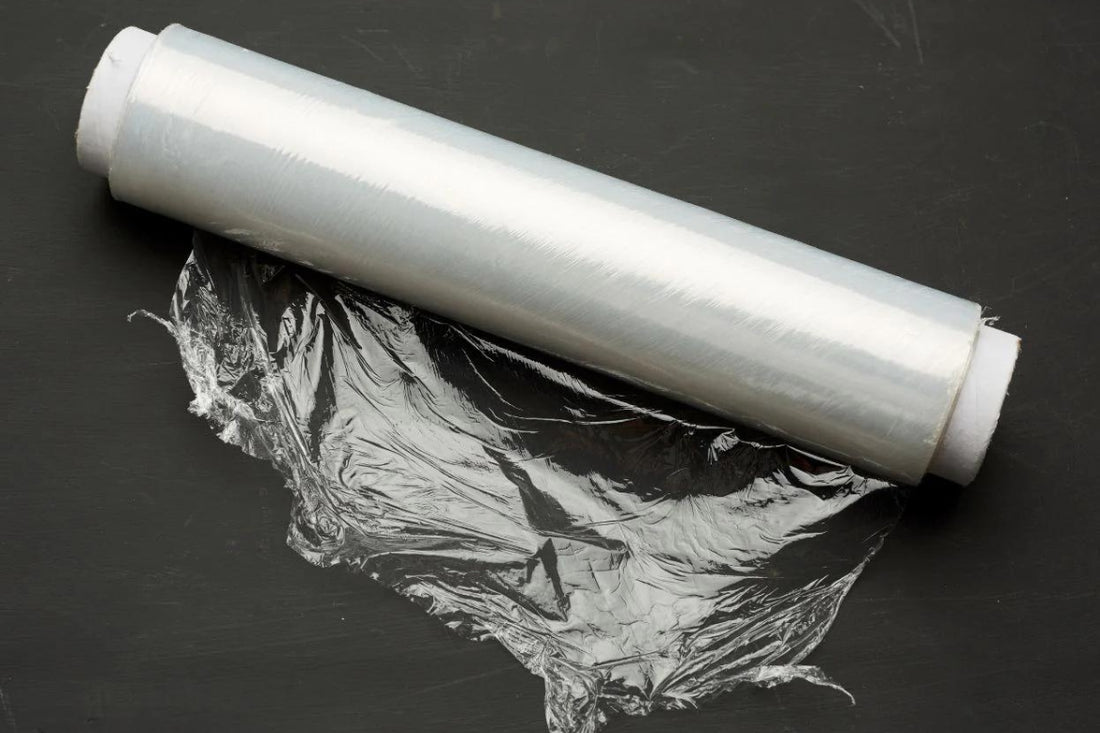
Easy Swaps - Beeswax Wraps
Share
The topic of soft plastics has been a hot one of late, we found out that the amount we were using far exceeded our ability to recycle it. Australia uses around 70 billion pieces of soft plastics each year and on average only 13% of plastic used is recycled, leaving 84% ending up in landfill or in our waterways and oceans.
What are we supposed to do about it? So many things come packaged, 90% of the supermarket is full of bright shiny pictures that entire marketing teams have spent months refining, it’s sole purpose to lure us in and entice us and make us think we need those cold pressed dark chocolate bites with natural raspberry pieces that are conveniently individually packed within another, larger packet*. I’m pretty sure life will be complete once I have these in my pantry. It works, especially if you have kids and if you are a time poor parent like me, we don’t have time to make extra healthy, sugar free snacks for our kids who will eat the entire tray in less than a minute and then you’re stuck with zero snacks and a 4-year-old whose head lives in the pantry searching for more food.
It's not all single-use wrapper packaging, we’ve got our trusty plastic cling wrap too. That thin plastic film that we’ve been wrapping our food in and covering leftover dinner in a bowl for decades. Without going too deep into the history of plastic food wrap, it was stumbled upon in the 1930’s when scientists found a clingy residue stuck to the bottom of a beaker. It was originally used in the military to line boots and planes and over time was manufactured from the by-product of dry-cleaning agent, perchloroethylene which made it almost impossible for oxygen or water to get through. These days a lot of plastic wrap is made from polyethylene, also known as PE which is derived from petroleum, to make it soft and flexible a plasticizer is added. This film wrap clogs up recycling machines and it is very difficult to ‘recycle’, 99% of the time it can’t be recycled because of the type of plastic it is and when it ends up in landfill it releases a toxic chemical, called dioxin, straight into the atmosphere. I’m not really seeing any redeeming features. You can go into a deep plastic wrap hole, and you will come out questioning why you’ve been wrapping your food in plastic for so long.
Fun fact, wax paper was used for decades before plastic wrap was introduced to supermarkets, so I’m here to tell you, and that was a very long introduction, but there is light at the end of the tunnel. Beeswax wraps are the new (O.G) alternative to plastic food wrap. When Tom and I first moved to Sydney, before BLAEK Store was born we were gifted three beeswax wraps. This was our first introduction into reusable household products, in fact, this was probably the first single use swap we ever made in our lives. This was five years ago, just now at my desk I’ve unwrapped my lentil ‘sloppy joe’ burrito from its beeswax wrap that I used to transport it from my home to the office. The same beeswax wrap our friends gifted us five years ago. FIVE YEARS and our reusable food wraps are still going strong. Some people have probably already gone through an entire roll of Glad Wrap and we’re not even a quarter way through 2023. I’m not going to do the math because it’s clear as day how much plastic, in the last five years, Tom and I have been able to remove from the planet just by this simple kitchen swap and you can do it too!!

Beeswax Wraps are made from a thin piece of cotton coated in beeswax, jojoba oil and tree resin, they can mould into any shape, are naturally antibacterial, easily cleaned and can be used over and over and over again. Perfect for literally anything, from wrapping up sandwiches and keeping vegetables fresh to covering bowls and containers. Over time you’ll notice the wax will slowly start to come off and you’ll just see material. If you are done with your wrap, you can use hot water to melt off the remaining wax and either compost the material (if it’s natural) or send it to us to be recycled through our textile recycling program.
This really is one of the most simplest swaps you can make, it’s cheaper, you could buy 6 wraps and use them over 6-8 years or buy 12 rolls of glad wrap a year. They will take up less space in your kitchen drawers, you’ll produce less waste (reducing your carbon footprint!) and most importantly it’s healthier for you, your family and our beloved planet.

If you are keen to go the extra mile, we have a range of beeswax wraps in collaboration with world famous artists Gillie and Marc featuring three of their original prints and for every pack sold $2.50 goes towards supporting Rainforests 4 Foundation, protecting habitat for the future. So not only can you make an impact on the planet with this swap you can help animals too.
A no fuss swap that you won’t regret, what are you waiting for?
Shop our Apiary Made beeswax wraps and make an easy swap for the environment HERE
*These cold pressed dark chocolate bites with natural raspberry pieces don’t actually exist but they sound delicious and I can imagine their packaging to be extra enticing.